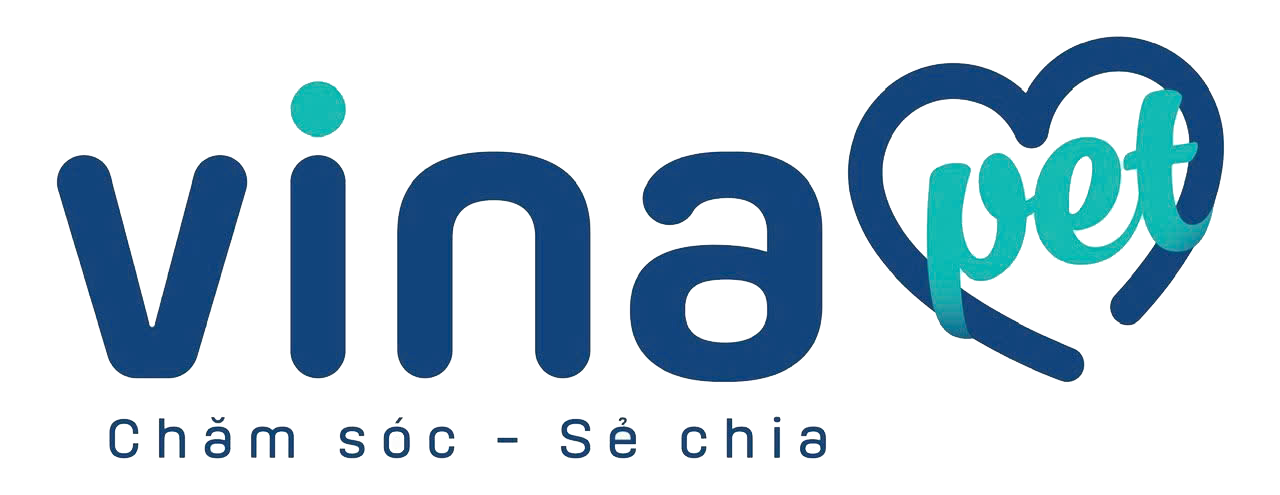New Trend: Virtual Pets on Social Media
In today's digital age, sharing pictures and videos of pets on social networks such as Instagram and TikTok is not only a trend but has become a way to express love for pets. However, a new trend is emerging: raising virtual pets, pets that only exist online, but attract great attention and interaction from the online community.
Virtual pets are becoming a widespread phenomenon on social platforms, especially among young people. Virtual pets are usually accounts or images created for simulation or creative purposes, often not existing in the real world. These accounts are often cute, funny, and can even “perform” actions and expressions similar to real pets.
One of the main reasons why virtual pets have become so popular is the ease with which they can create and share content on social media. Using photo and video editing apps, users can quickly and easily create adorable pet images. This not only satisfies their creative needs but also attracts attention from others online.
Although virtual pets do not actually exist, they still have the ability to make a strong impression and attract a significant following on social platforms. Interacting with virtual pets also brings joy and relaxation to viewers, helping them relax after stressful working hours.
However, it is also important to note that keeping virtual pets also raises some psychological and ethical issues. The blurring between the virtual world and reality can create confusion and have a negative impact on the psychology of some people, especially those who tend to lose control in their exposure to social media.
In this context, it is necessary to discuss and research the impact of the virtual pet trend on social media, especially for today's youth. Understanding how virtual pets work and the impact they have can help us take advantage of the benefits they bring in a sustainable and prudent manner.






